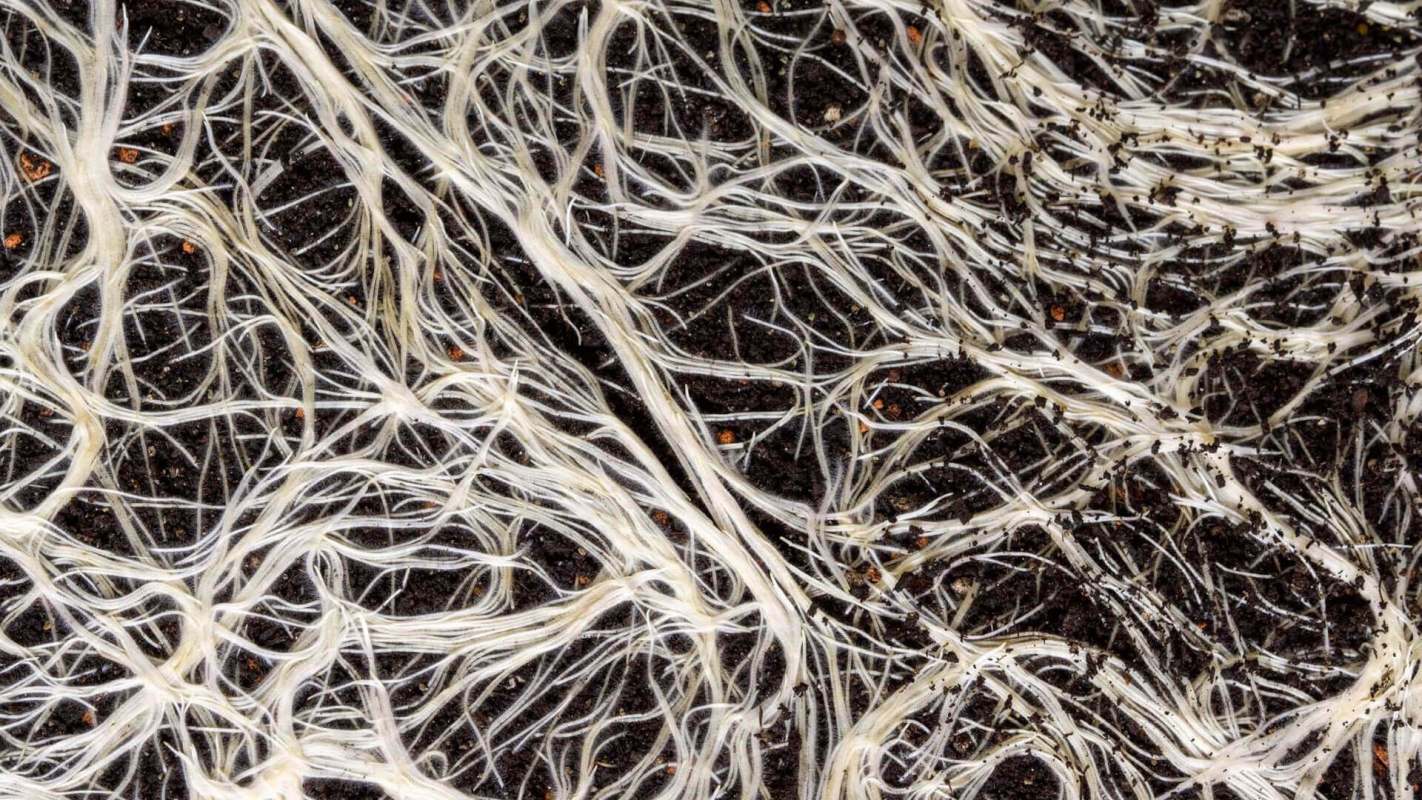Plastic has played a critical role in our food system — from beverage cups and lids to cling wrap and takeout containers. Though it has paved a path for convenience in our everyday lives, we are now drowning in the pollution resulting from plastic.
A report by Emerging Technology explores sustainable packaging materials that could help solve our global plastic pollution problem, starting with our food packaging.
What are some of the most promising alternatives to plastic?
Bioplastics
Instead of being made from crude oil like traditional plastic, bioplastics are composed of plants and other natural materials.
Because of bioplastics' similarity to plastic, it's one of the most simple and affordable materials to integrate into our existing production streams.
The main concern with bioplastics is that they are not all biodegradable.
Food waste
As bizarre as it may seem, food waste is a viable and competitive alternative to plastic. Food waste is highly variable but can be used to create items like cling wrap and foam plastic. It can also be used to make bioplastics.
Food waste is one of the most sustainable plastic alternatives listed because it diverts waste from landfills and turns it into functional and compostable packaging.
Startup Great Wrap makes compostable cling film using potato peel waste.
Emerging Technology's report notes that the main drawback of this plastic alternative is its reliance on a constant stream of food waste — a potential challenge as demand increases.
Molded fiber
Recycled fibers from paper and cardboard and natural fibers like sugarcane and bamboo can be pressed and molded to create packaging. This plastic alternative is compostable and often recyclable.
This molded fiber material works best for making cups, cutlery, plates, and bottles, per the report.
Mycelium
These mushroom "roots" are grown using agricultural waste and are biodegradable, compostable, and renewable.
Because mycelium grows rapidly and inexpensively, repels water, and is very lightweight, it can replace polystyrene products (Styrofoam) to cushion packages.
Seaweed and Algae
These organisms provide unique benefits as plastic alternatives because they grow extremely fast, sequester carbon pollution in the air, and don't need any harmful fertilizer to grow.
Seaweed and algae could replace traditional plastic cling wraps, bags, straws, and cups.
The main drawback of seaweed and algae plastic alternatives is that they are in their very early stages and are not yet widely available.
Why are plastic alternatives important?
Plastic pollution is a global issue.
Instead of decomposing, plastic breaks down into smaller pieces called microplastics. These tiny pieces are a big issue, making their way into the air we breathe, the water we use, and the fish we eat. And recycling is an insufficient waste solution, as a measly 5% of all plastic gets recycled.
Plastics will continue to create problems for us if we don't reduce our reliance on this material and find alternative solutions.
"For sustainable packaging to succeed, it must offer most, if not all, of the benefits of plastic packaging at a comparable price," the report states. "The ultimate sustainable solution to packaging waste is to stop creating and disposing of the waste entirely."
Follow The Cool Down on Instagram and subscribe to our newsletter.








